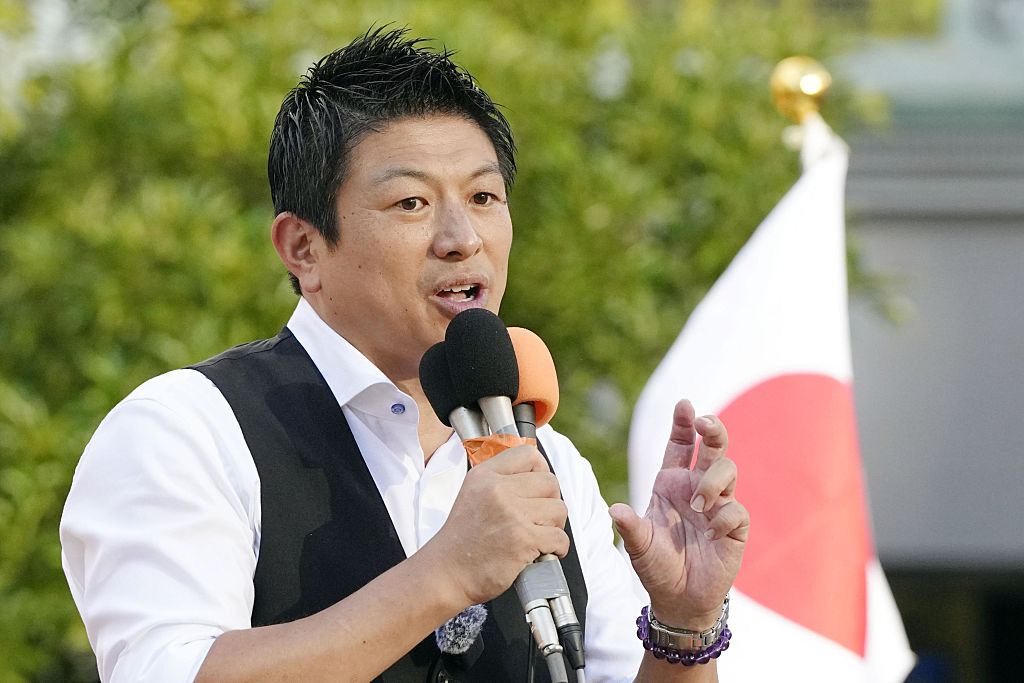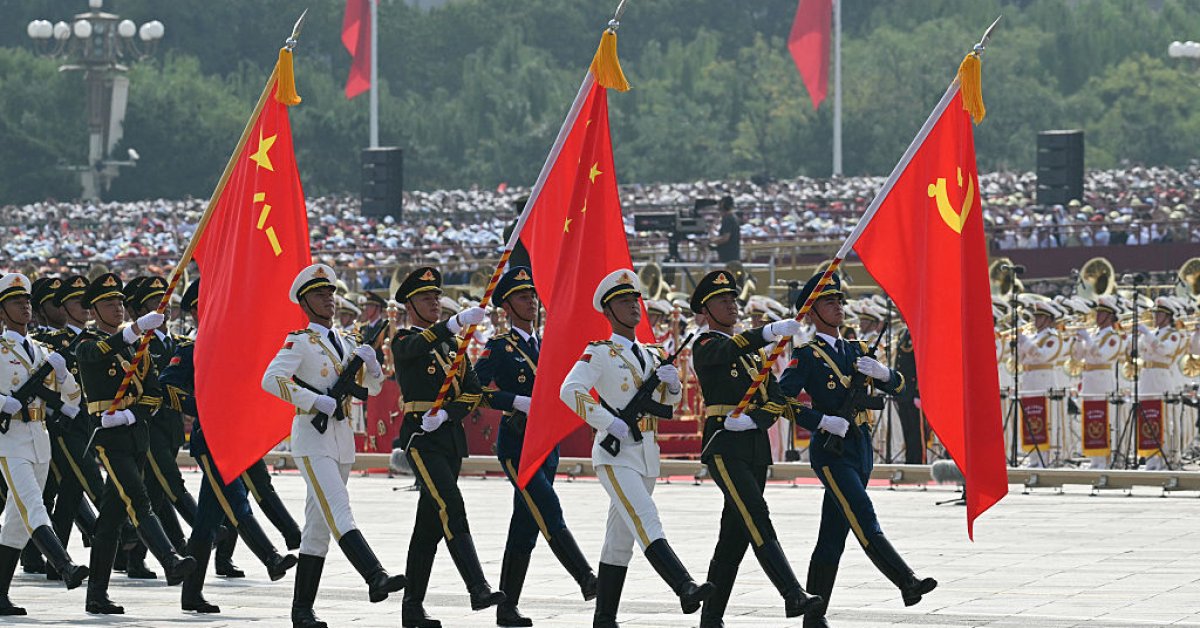
Japanese politics have long been staid. The center-right Liberal Democratic Party has been in power almost continuously since 1955. But it is losing its grip on power, as Japan looks less immune to the populism that has afflicted virtually all other rich nations.
Officials from the LDP met last week to discuss an early leadership race, as calls grew louder for the unpopular Prime Minister Ishiba Shigeru to resign. Efforts to unseat him gathered in the wake of Upper House elections for the national Diet last month where the LDP lost its majority amid record gains for Sanseitō, a rightwing “Japanese First” party peddling conspiracy theories.
[time-brightcove not-tgx=”true”]
Sanseitō is led by a 47-year-old firebrand, Kamiya Sohei, a self-styled mini-Donald Trump who has embraced an agenda of anti-globalization and xenophobia, issues that had not hitherto been politicized in a country that benefited enormously from the post-war liberal international order and remains to this day a relatively homogenous country.
Saya, a singer turned Sanseitō candidate who won a seat in Tokyo, has called for conscription and developing nuclear weapons in a country with an allergy to them due to Hiroshima and Nagasaki. “Nuclear armament is one of the most inexpensive and effective measures to ensure safety,” she said prior to the election. Not long ago such an utterance would have been political suicide in a country with a pacifist identity, but her rallies were packed, and party volunteers were out en masse, distributing flyers and buttonholing passersby. No other candidate had nearly as many boots on the ground as her.
Sanseitō grew from its anti-vax origins during the COVID-19 pandemic to winning 7.4 million votes last month, the third highest among all parties, and far ahead of the 5.2 million tally for Komeito, the ruling LDP’s coalition partner. It was rewarded with a relatively modest 15 seats in the Upper House, and has three in the more powerful Lower House. It is a remarkable emergence in just five years, and suggests more is yet to come.
That’s in part because Kamiya has tapped into the malaise that grips Japan, especially among the under-50 crowd who are fed up with the status quo. Some 40% of the workforce is stuck in low-paid irregular work, wages have stagnated for years, and a weak yen has meant higher prices given Japan’s heavy reliance on imports. These factors have left people ripe for scapegoating foreigners, who now total some 3.8 million, or 3% of the population. That may be a relatively low figure for a rich country, but it has doubled over the past decade, all while tourism hit an all-time high of 37 million in 2024. This is in a society where foreign faces were rare until recently.
Read More: How Rice Could Decide Japan’s Next Election
Amid all of this, many younger Japanese are increasingly aggrieved over paying high taxes to support pensions and medical care for the relatively advantaged elderly. That has pushed them toward change-agents not the stability of mainstream parties.
To be sure, the old guard won lots more seats than the newbie on the block, but all the parties are scrambling to clarify their positions on immigration in response to Sanseitō.
Some LDP figures blame Ishiba for being too moderate, alienating right-wing voters, and driving them into the arms of Sanseitō. Certainly, it is an ultra-right party that embraces a glowering ethno-nationalism. But one of the big things Sanseitō has going for it is Kamiya, who connects to voters on an emotional level, and unlike other politicians appears to listen and care about their concerns. Some supporters might not buy into his sweeping hard-right agenda but are motivated by his dynamic aura and have found a home in his upstart party.
At the same time, both Sanseitō and Kamiya are coming under harsher media scrutiny, and it won’t take much for other parties to up their game. Earlier this month, a music video mercilessly mocking Sanseitō went viral, suggesting the potential for containing its rise.
After all, the LDP has a track record of cribbing positions from opposition parties. Sanseitō also faces a daunting range of challenges to build and sustain a national movement, not the least of which is Kamiya’s erratic and imperious style. Some party members have already departed over its conspiracy theories and revisionist views on Imperial Japan’s wartime history.
While the recent wave of populism ignited in the U.S. and Europe, the center held in Japan, a boring stasis in many respects. But the genie of populism is now out of the bottle and there is no going back. A more divisive and confrontational era is looming. Boring never looked so good.








